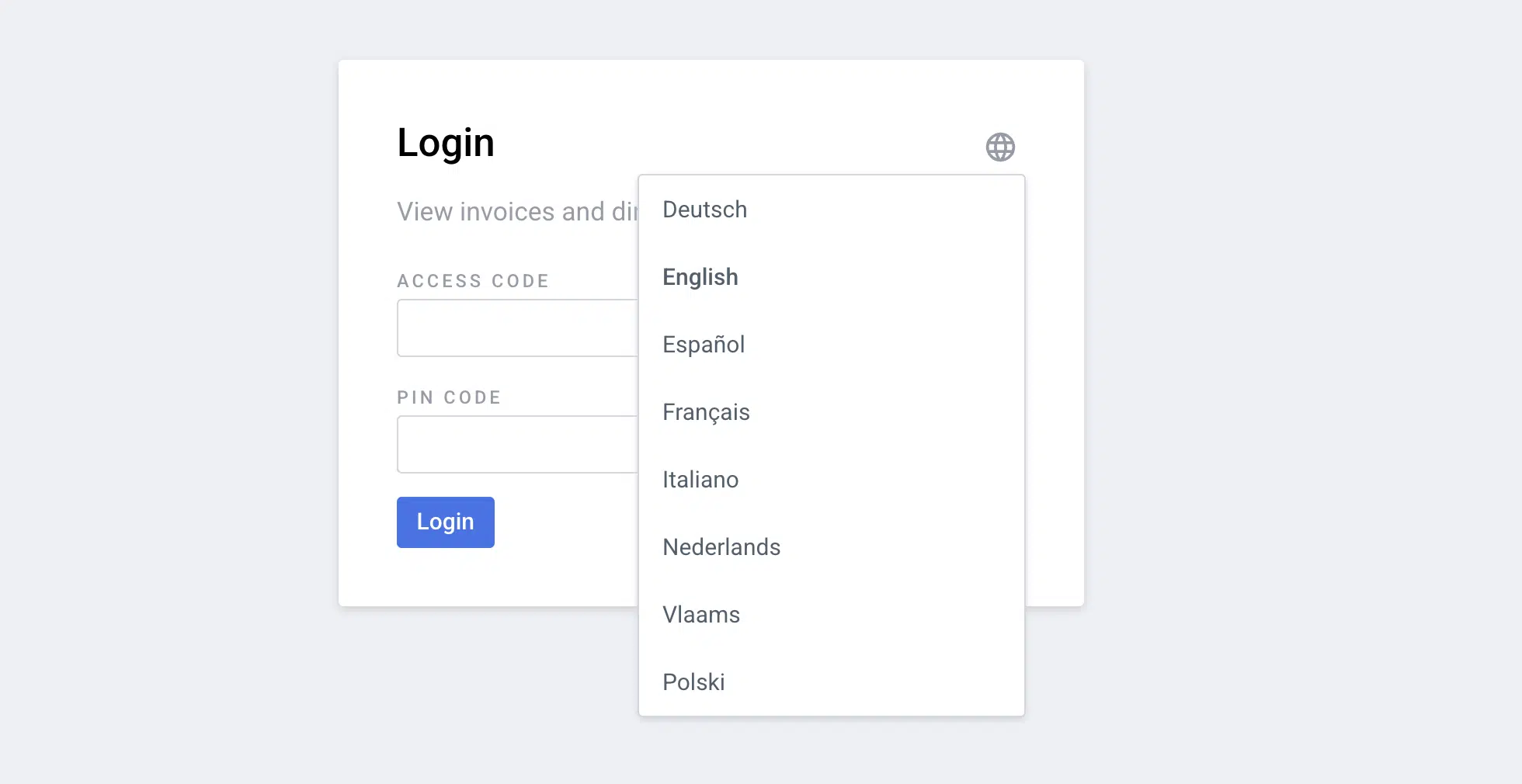You probably recognise the situation: you’re on holiday in sunny southern France and confidently order breakfast for the family in your best French — “Bonjour, je voudrais deux pains, s’il vous plaît.” The baker smiles, appreciates your effort, and gets to work.
It’s no different in business. A Dutch invoice is unlikely to be understood — let alone paid — by a French customer. An English email may help, but sending your invoice in your customer’s native language significantly increases the likelihood of prompt payment.
Doing business internationally? Send invoices and reminders in multiple languages
If you work with international customers, it’s vital to have a well-organised and efficient debtor process. Clear communication ensures that your emails and invoices are understood — leading to fewer questions and faster payments.
With Payt, you can send invoices and payment reminders automatically in your customer’s preferred language. This improves clarity, reduces the risk of disputes, and increases the chance of on-time payments. The result? Quicker cash flow and valuable time and cost savings.
Multilingual templates and invoices
Payt is directly linked to your accounting software and uses your debtor’s language settings to determine the language of all standard communication — including physical letters. When you set the language preference in your accounting tool (or directly in Payt), all emails and invoices are automatically sent in the correct language.
We currently support the following languages:
- Dutch
- English
- German
- French
- Spanish
- Flemish
- Italian
- Polish
A multilingual debtor portal for your customers
Every Payt customer gains access to their own online debtor portal. This portal provides a clear overview of all invoices — both paid and outstanding. Customers can download invoices, pay multiple invoices in one go, or ask questions directly from the portal if something is unclear.
The portal interface is also multilingual, supporting the same range of languages. It automatically adjusts to the language settings of the customer’s browser. For example, if someone uses Google Chrome in German, the portal opens in German by default. The customer can also change the language at any time.








